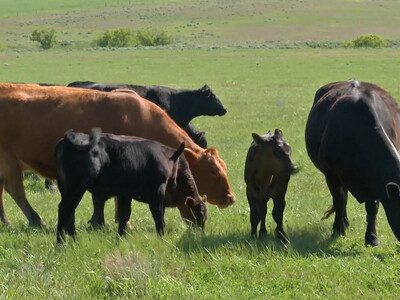Stalking
One of the best things about hunting is that it can be done in so many ways. One hunter may choose to ambush or waylay his quarry, while another more restless type might prefer to hunt on the move. For those with the stamina and patience to do so, stalking can be an excellent way to pursue wild game – especially when coupled with the correct gear. If done correctly, stalking can allow a hunter to evade a wild animal’s keen senses of vision, hearing, and/or smell to close the distance and seal the deal.To effectively stalk wild game, stealth is the name of the game. A hunter must move slowly and methodically, carrying a minimum of gear to remain as silent as possible. For hunting most species, a stalker must “play the wind” by making sure to stay downwind from the prey at all times. This may require circling the quarry at a long distance while always keeping a low profile, preferably entirely out of sight of the animal(s).
When suitably downwind, a hunter may need to close the distance to the target animal by slowly moving nearer, using whatever cover and concealment may be available. This can be a painstaking process that takes hours, and it’s not always successful. After all, wild animals are wild and prone to wander off or take flight before the stalk is complete. But for most hunters, a successful stalk is immensely rewarding.
Once in position to shoot, a hunter needs a steady rest to make an accurate shot. Unfortunately, bulky tripods and walking sticks can spoil a good stalk, so lightweight, compact solutions are best.















